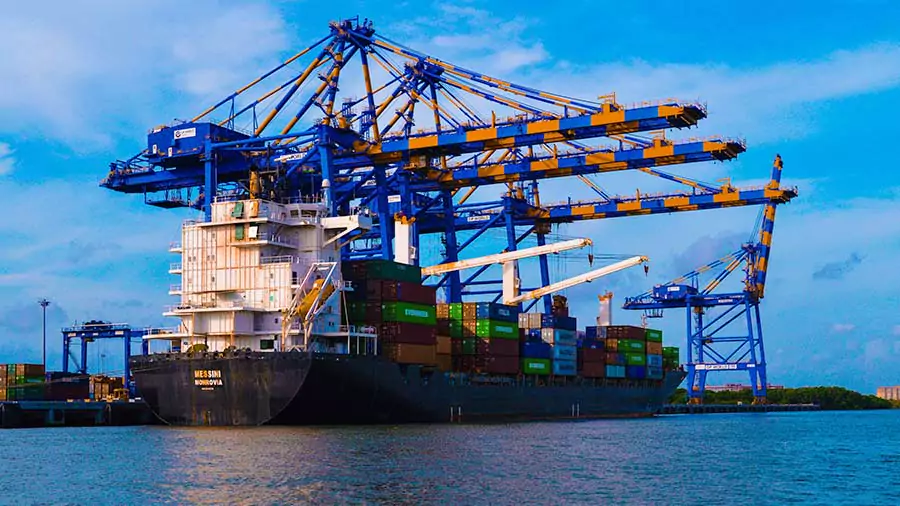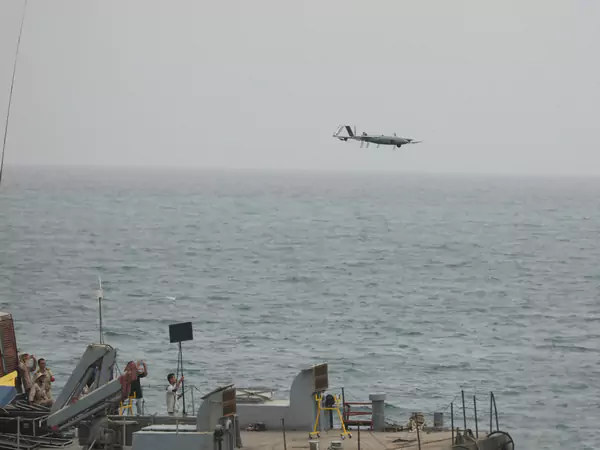Indian Ocean Region - Geopolitics
The Indian Ocean region comprises 47 coastal countries, 7 island countries (Madagascar is the fourth largest island in the world), and 13 landlocked countries. All of these are economically and traditionally linked to the Indian Ocean. About 33% of the world's population lives in these countries.
India's strategic position in the Indian Ocean
- The Indian Ocean is the third largest ocean after the Pacific and Atlantic Oceans.
- It is called the 'Sea of Stability' 5.
- Its water volume accounts for 20% of the total water volume of the earth's surface.
- It is located south of India, making it of geographical, political, social, cultural, and economic importance.
- It is the only ocean in the world named after a country (Indian Ocean).
- Its strategic importance is further enhanced by the fact that it can only be reached from the west and east through narrow waterways.
Trade and Transport
- Lifeline: This sea carries one-third of the world's heavy cargo traffic and two-thirds of oil transport. The region is crucial for international transport.
-
Resource Wealth: The Indian Ocean is a region rich in oil, natural
gas, and
minerals.
- Its resources provide economic benefits to countries in Asia and Europe.
- 82% of the world's gold, 60% of tin, 40% of antimony, 35% of copper, 30% of iron, 30% of manganese, 25% of nickel, 22% of mica, 20% of bauxite, and 18% of lead are produced from these coastal countries.

Economic importance
- Mineral and oil resources: This maritime transport area is a
major source of
coastal oil production.
- India, which is the fourth largest importer of liquefied natural gas (LNG), accounts for 40% of the world's oil production.
- Strategic sea routes: This sea facilitates trade between Asia, Europe, and the Americas.
- Fish production: It accounts for about 15% of the world's total fish catch. The country's coastal fisheries have an estimated annual production capacity of 41 million metric tons.
- Maritime trade: 75% of the world's maritime trade, 50% of the daily oil consumption is transported through this route. India's trade with major trading partners in Asia, including Japan, Korea, China, and the United States, is largely conducted through this region.
"Those who dominate the Indian Ocean are influential on the international stage." The 19th-century American historian Alfred Thayer Mahan expressed this view in his 1890 work 'The Influence of Sea Power upon History 1660-1783'.
Strategic and Security Importance
- Coastal Security: The country's coastline is about 7500 km, with more than 1980 islands, and 2 million people in the Exclusive Economic Zone, and strong security is required to protect the country's economic interests.
-
Choke Points: Strait of Hormuz, Malacca, Bab el Mandet.
- The Strait of Malacca connects India to the Pacific Ocean, while the Strait of Hormuz connects the Persian Gulf to the Indian Ocean. Similarly, the Bab el-Mandeb connects the Red Sea to the Indian Ocean.
Geo-political Rivals: Indian Ocean
- A major center of strategic development, while China is constantly trying to gain control over this region, the US is also interfering.
- As regional security issues such as terrorist activities and piracy (sea transport robberies) arise, it has also become a major center for strategic developments, disputes, and conflicts.
Indian Military and Naval
- Presence: India also maintains a constant vigilance over this region with its military and naval forces.
- It is maintaining regional security by constantly patrolling through aircraft and ships. In this context, it is developing infrastructure in strategic places like the Andaman and Nicobar Islands.
- It is continuously conducting military exercises like 'Zone of Peace' and Malabar in the Indian Ocean.
- Indian teams have actively participated in relief and humanitarian operations in neighboring countries like Sri Lanka, Maldives and Myanmar in the cases of the 2004 tsunami and several cyclones.
Challenges
The region faces maritime security threats, smuggling, maritime terrorism, armed robbery at sea, human smuggling, wildlife, drugs, arms trafficking, and illegal fishing. There are challenges like climate change.













